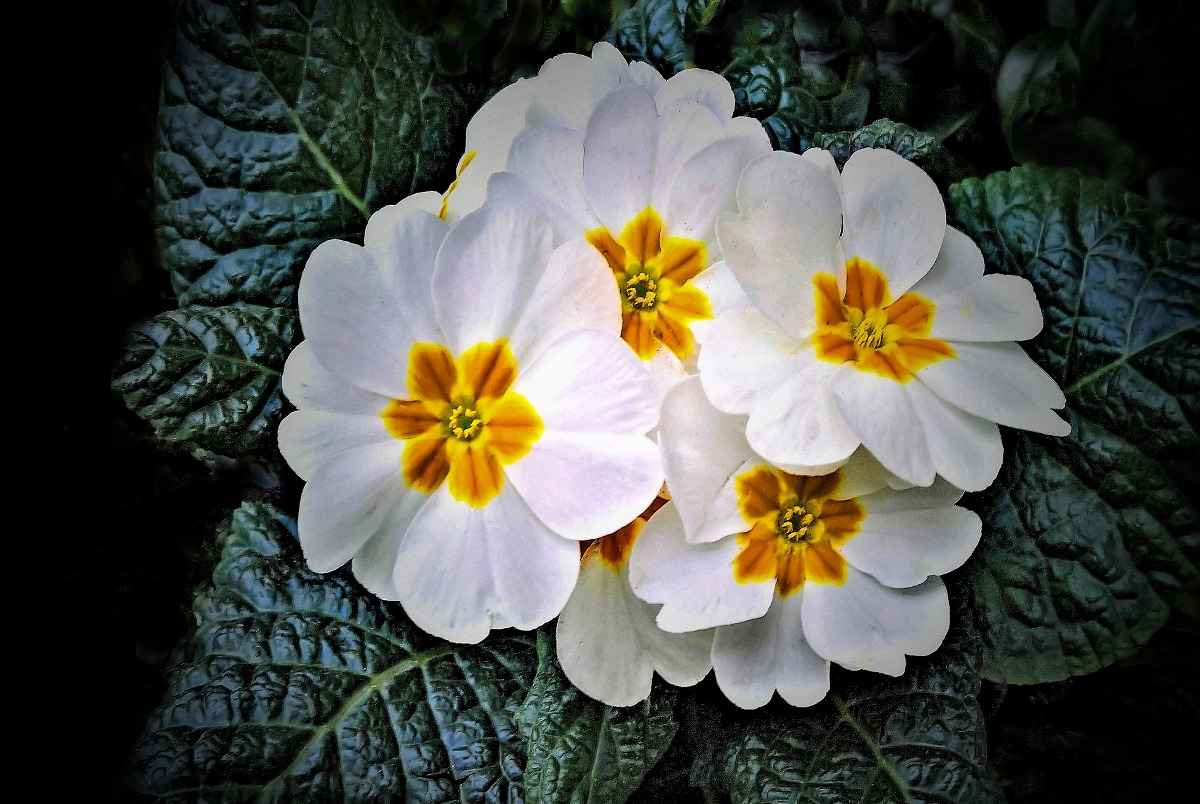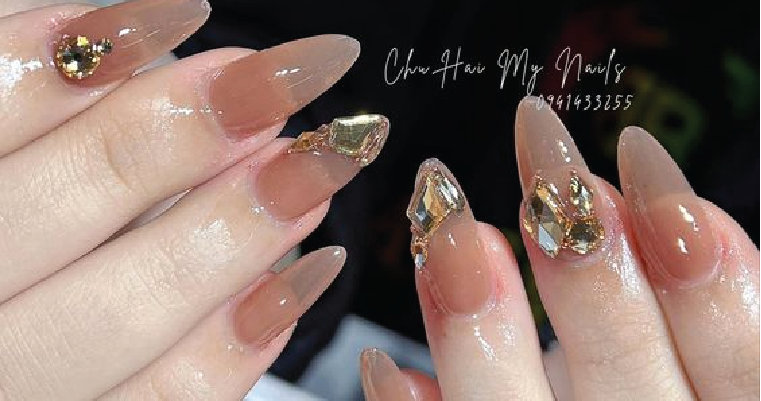According to a recent investigation, the oldest twin burial on record may be in an old grave in Austria. The 31,000-year-old grave is from the Upper Paleolithic, often known as the Old Stone Age, which lasted from 40,000 to 10,000 years ago. According to analyses of both kids, one of the infants passed away shortly after birth, while his twin brother lived for almost 50 days, or little over 7 weeks.

According to research that was published online in the journal Communications Biology, a third baby, a 3-month-old who was buried in a cemetery around 5 feet (1.5 meters) away, was probably their relative.
On the bank of the Danube River near Krems’ town center, at the archaeological site of Krems-Wachtberg, researchers discovered the twins’ oval-shaped grave in 2005. Ochre, a crimson pigment that was frequently employed in ancient burials all around the world, had been applied to the twin newborns’ bodies. A perforated fox incisor, three perforated mollusks, and 53 mammoth ivory beads that were likely originally strung on a necklace were also found in the double burial, according to the researchers. These items may have been necklace pendants. A mammoth shoulder blade placed over the burial protected the small bodies interred beneath it over the millennia.
The nearby burial of the other infant also contained ochre, as well as a 3-inch-long (8 centimeters) mammoth-ivory pin, which may have fastened a leather garment together at the time of burial, the researchers said.

The finding made headlines shortly after its discovery, and researchers even created a replica of the twins’ burial, which went on display at the Natural History Museum Vienna in 2013. However, scientists still had much to learn about the ancient burial. So, in the new project, an interdisciplinary group of researchers teamed up to decipher the relationship between these three infants and to determine their sex and age at death.
To determine at what age the babies died, the researchers looked at each baby’s top second incisor. The team paid special attention to the so-called “newborn line,” a dark line in the tooth enamel that separates the enamel formed prenatally from that formed after birth, Teschler-Nicola said.
Those newborn lines, as well the infants’ skeletal development, suggested the twins were either full, or nearly full-term, babies. It appears that the infants’ hunter-gatherer group buried the first twin, then reopened the grave when they buried his brother.

This finding confirms the cultural-historical practice of reopening a grave for the purpose of reburial, which had never been documented before in a Paleolithic burial, the researchers said.
The team also analyzed chemical elements, including isotopes of carbon, nitrogen and barium, in the tooth enamel, revealing that each of the twins was breastfed. Even though the twins’ cousin survived for three months, “stress lines” in his teeth suggest that he had feeding difficulties, perhaps because his mother had a painful breast infection known as mastitis, or maybe because she didn’t survive the birth.
It’s unknown exactly why these infants died, but the deaths of these twins and their cousin were likely painful events for this Paleolithic hunter-gatherer group, who set up camp and buried their babies by the Danube so long ago. “The babies were obviously of particular importance to the group and highly respected and esteemed,” Teschler-Nicola told Live Science. The extraordinary burials “seems to imply that the death of the babies was a great loss for the community and their survival.”
Source:weird.bartasarakkhon.com







